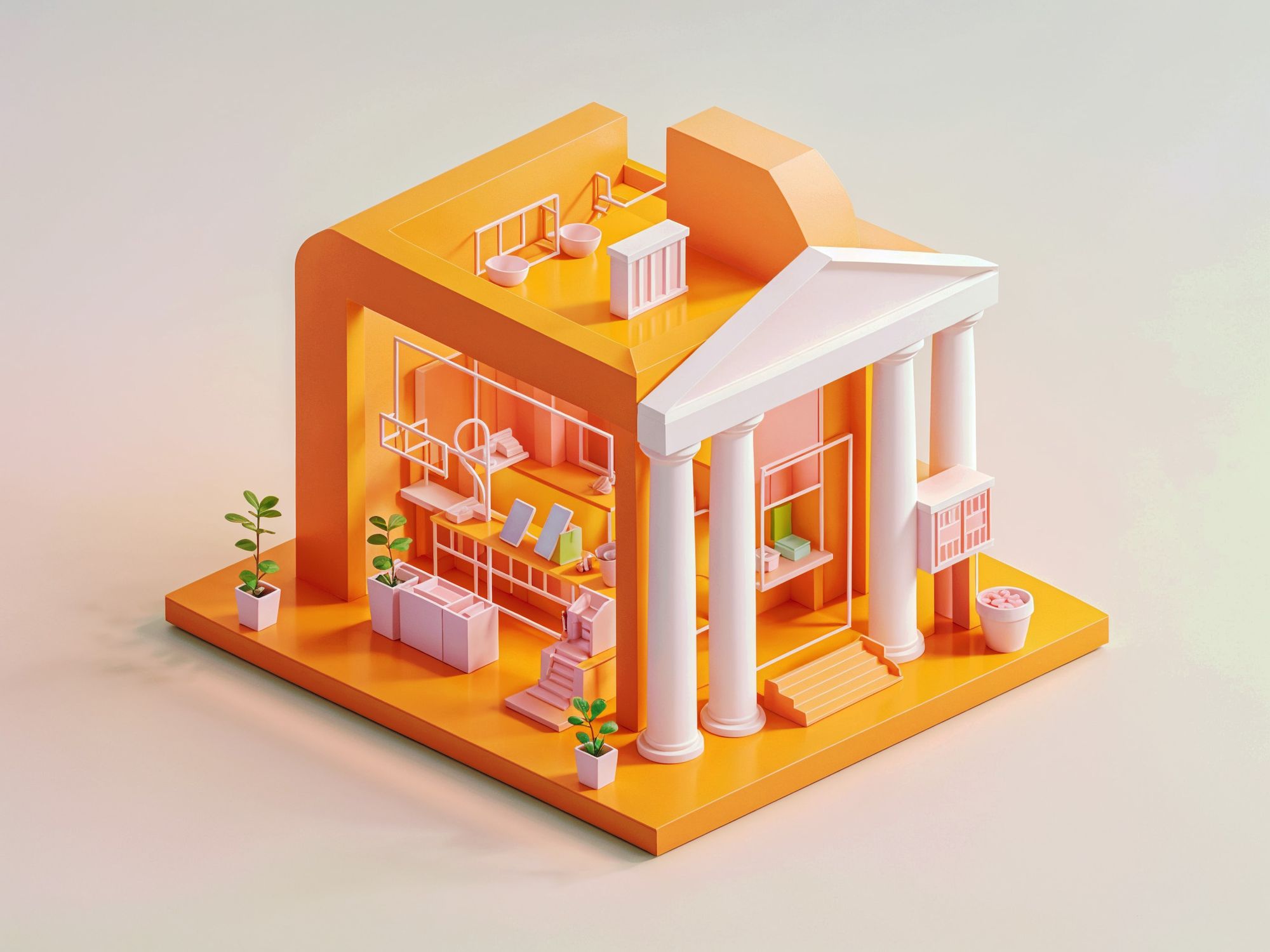At its core, a blockchain is a linked list of blocks, each of which contains a collection of transactions. These transactions are grouped together and verified using complex cryptographic algorithms to form a block, which is then added to the end of the chain.
Decentralization
The decentralization aspect of a blockchain makes it secure, as there is no central point of control or failure. Instead, the network is made up of nodes, or computers, which each maintain a copy of the entire blockchain. This means that if one node goes down, the others can still continue to operate and validate transactions.
Validation
When a transaction is initiated, it is broadcast to the network and verified by multiple nodes. These nodes use complex algorithms to check the validity of the transaction, including ensuring that the sender has sufficient funds and that the transaction is not a duplicate. Once the transaction has been verified, it is added to a block, which is then broadcast to the network.
The Chain of Blocks
Each block in the blockchain has a unique identifier, called a hash, which is generated using a cryptographic algorithm. This hash is based on the content of the block and the hash of the previous block in the chain. This creates a chain of blocks, where each block is linked to the previous one through its hash. This makes it difficult for anyone to tamper with the data in the blockchain, as any change to a block would result in a change to its hash, which would be immediately detected by the network.
Inmutabilidad
Once a block is added to the blockchain, it is considered to be permanent and cannot be altered or deleted. This makes the blockchain a secure and transparent ledger of all transactions that have taken place on the network.
The blockchain is a revolutionary technology that has the potential to revolutionize many industries. Its decentralized, distributed nature and cryptographic algorithms make it secure and transparent, and its ability to store and validate transactions makes it an attractive solution for a wide range of applications. Whether it is used for financial transactions, supply chain management, or even voting, the blockchain has the potential to change the way we interact with each other and with the world around us.
About Wireshape
Wireshape is a new and open layer-1 blockchain dedicated to decentralizing global product data, making it useful for consumers to have real, complete, and relevant information about a product before it is purchased, ensuring greater satisfaction by acquiring what was really expected. Wireshape delivers a new product data standard, open and audited by the community. Consumers themselves, as well as manufacturers, are able to suggest and validate the fidelity of product information publicly recorded on the blockchain.







